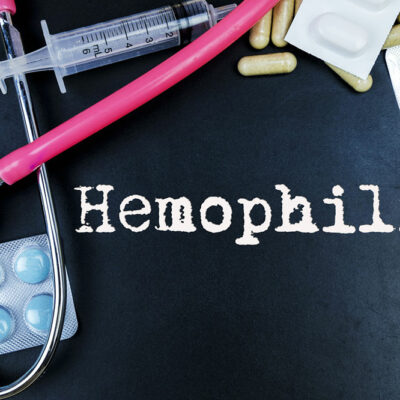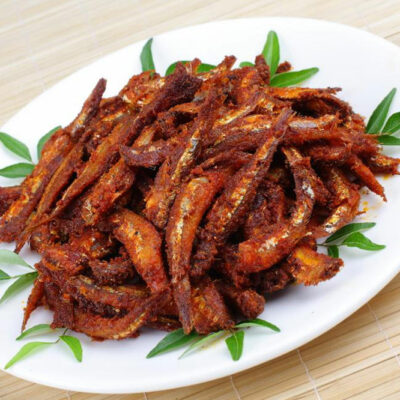
Health
6 Common Causes of Nasal Polyps
Nasal polyps are painless, soft, benign growths on the lining of the nose or the nasal passages. Many things can cause nasal polyps, like allergies, medicinal sensitivity, infections or immune disorders, and chronic inflammation. People of any age can get this condition, but research shows that men are more prone to developing this condition than women. Researchers say that swelling or inflammation in the nose or sinuses leads to the condition. Nasal polyps are common in people with cystic fever, chronic sinus infections, asthma, hay fever, and vitamin D deficiency. Here are a few other common causes of nasal polyps: Asthma Asthma is a pulmonary condition that causes swelling in the air passages and may end up choking it. Nasal polyps choke the nasal passage, leading patients to face breathing trouble. Aspirin sensitivity If one is sensitive to Aspirin, the nasal wall might swell up after they take this medicine. This, in turn, affects the breathing passage, leading to the formation of nasal polyps. Allergic fungal sinusitis This airborne disease can cause fungal infection in the nasal area. The fungi found in the environment lead to an allergic reaction that creates a lot of fungal debris and mucus, leading to an infected sinus, which may be a cause of the formation of nasal polyps.
Read More 















